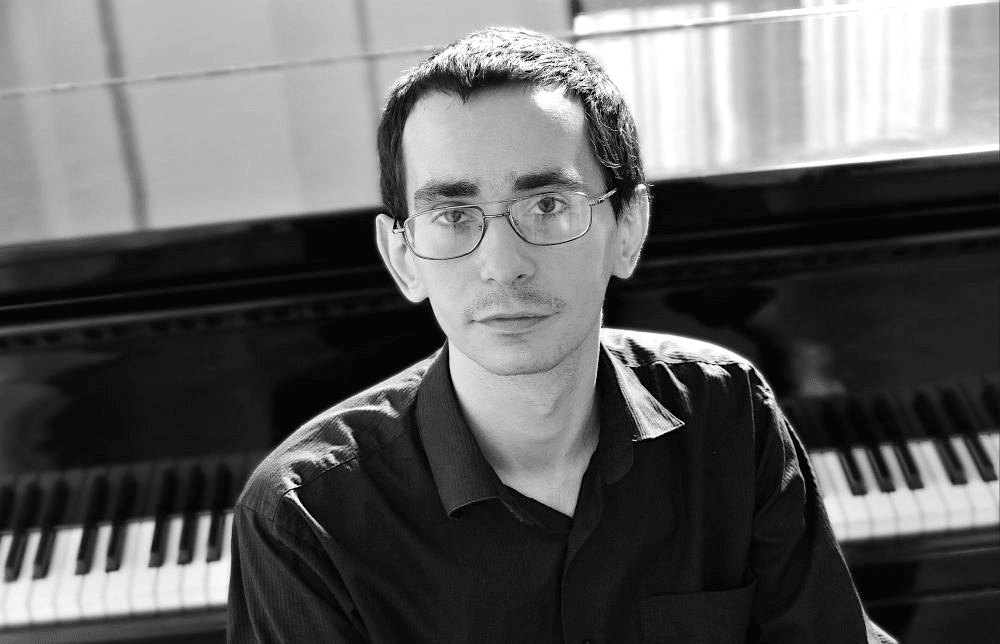Why music depends on repetition
mainElizabeth Hellmuth Margulis, director of the music cognition lab at the University of Arkansas, has a theory – expanded in her book On Repeat: How Music Plays the Mind (2013) – that music cannot survive without repetition. What the brain seeks on first hearing is something familiar. It is only with repeated hearing that music becomes music.
Apparently, the average iTunes user listens to the same album 347 times.
Read on here.






“It is only with repeated hearing that music becomes music.”
Then why is the modern classical world still so attached to the idea that writing the score, having the premiere, and then never playing the piece again (rather than making a recording of it and getting it out there so a wider audience might find it)?
I think it has something to do with composers writing music so unappealing that no one even considers listening to it twice.
You might be onto something here…
It’s a sweeping generalisation …I don’t think he’s on to anything significant.
All music was modern at one time and some of it took quite awhile to gain any widespread appeal. See the perfunctory dictionary entries for Mahler and Bruckner from the mid 1950s. Very telling.
Thanks – very interesting. And all the better for mentioning the fantastic work of Prof Diana Deutsch!
what?
Some people like Khachaturian must have figured that out a long time ago.
Very crude propaganda.
Leonardo da Vinci thought music was an inferioor art form because it had so much repetition. And I am confident da Vinci’s opinion is respected more than those researchers. Da Vinci, ahead of the curve with Modernism, as with so much else.
In this case, we can now say it without hesitation: Philip Glass and his fellow minimalists must be the greatest composers ever!
Dalhaus stated that great music depended on repetition many years ago, but he added that it also need the unexpected and all kinds of other features.
If one takes Dalhaus’s principles, then the minimalists are not the greatest composers, but those whose music can be considered great e.g Mozart, Bach, Handel, and most of the Classical Canon are. Interestingly, the Dalhaus model works well with music of the Second Viennese School, much modernist music (where there is a uniformity of musical language) Jazz and popular music. As his criteria for greatness work for more than simply Western Classical Music, he might be onto something.
Yet this academic only takes part of the picture. We need repetition as we like patterns, but what happens when we are bored of them?
Christopher Fulkerson has a point when he states that Da Vinci was not impressed with too much repetition. I’d agree a certain amount is needed for security, but too much makes music banal. There was much music composed during the high renaissance that was not overly repetitive, hence the complexity of counterpoint that was developing. Yet certain ideas did return time-and-time again. Cadential decoration, over use of imitation, etc.
Da Vinci certainly was a thinker ahead of his time.
Ok, here’s a question on clarification: what is ‘repetition’ in this context? Is repetition the use of repeated forms within the work itself (such as sonata form’s strict patterns of repeats), or is it that of the audiences ability to ‘repeat’ by hearing a work more than once, something made possible by recordings which was not as easily achievable back in the 1700s?
Is it the lack of any form of direct repetition what really struck audiences during the “crazy modern music” era of Debussy and Stravinsky, whose works were more recognized for their beauty because of repeat performances? similarly, Mahler’s popularity increased later when, during the LP era, one could actually hear an entire symphony of his at home without any interruptions in the movements by having to flip over a 78? So by not having a repeat in the music that one could attach to, the repetition in the form of being able to play a recording over and over became the key to making the music successful?
Joe, you Illustrate Dalhaus’s point perfectly. Repeated ideas occuring in the context of structure act as signposts, reference points to which the audience think “I regognise this bit”, yet listen to a Sonata form movement carefully and the mere fact that in the exposition the ideas occur in both tonic and dominant (normally) key whereas in the recapitualtion the bridge passage is altered so that the home-key is kept for the second subject group, then that familiarity is confronted by a surprise.
This is far more than layering ostinati – a technique used widely in minimalism, with the more subtle shifts of expectation by introducing a new ostinato, or a new timbre, or cutting completely across the texture. In the best minimalist music the composer does continually surprise, yet in so much it becomes banal as all one hears is the repeated texture overlay.
Take a form like blues. It has has a set harmonic structure, yet by writing new riffs, adding chromatic variation to this set harmonic structure and using the structure as a basis for different melodies there are infinte variations (and I haven’t even mentioned instrumentation at this point). The best Jazz musicians were able to produce something extremely fine, whilst others become formulaic, and hence boredom creeps in.
Aural signposts/repetition guide the listener and keep them feeling secure, but without variety they soon get bored and turn off.
Unhappiness and inequality are two sides of the same society. Take South Africa where too few have too much whereas too many have too little. This sad state of affairs is not a result of nature or accident. It is a result of a colonially designed theft that enabled a tiny minority to seize this rich and beautiful country for themselves. So, if 6% of the population immorally grab over 80% of the wealth of the nation, neither will be safe or happy.
Restore justice and the redistribute the wealth and ensure equal rights to life, opportunities and access to education, training and jobs, happiness will prevail for all.